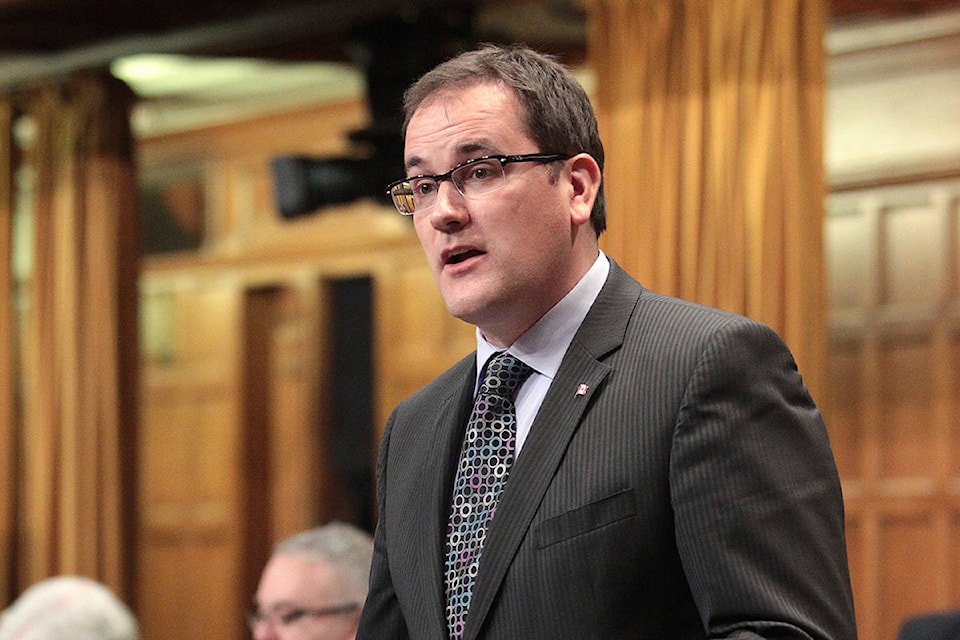As many accountants and tax professionals will know, January of each year is the opening of 害羞草研究所渋ncome tax season害羞草研究所澓π卟菅芯克鶕 the period of time up to April 30 when income taxes must be filed with the Canada Revenue Agency.
If you follow political discussions, you will likely have heard claims that income taxes have gone up as well as counter claims that they have gone down.
For this week害羞草研究所檚 report, I wanted to review federal income tax changes over the past 18 years for more context on this subject.
On 2000 there were just three federal income tax brackets害羞草研究所攜our first $30,004 was taxed at a rate of 17 per cent, the amount between $30,004 and $60,009 was taxed at 25 per cent and all income over $60,009 was taxed at 29 per cent.
In 2013, there were some significant changes.
A fourth income tax bracket was added and income up to $43,561 was taxed at a lower rate of 15 per cent. The second tax bracket was adjusted so income between $43,562 and $87,123 was taxed at 22 per cent, while the third bracket taxed income between $87,123 and$135,054 at 26 per cent. Income over $135,054 was taxed at 29 per cent.
The net effect of those tax changes was that lower income workers earning up to $43,561 paid two per cent less in tax.
On income in the other tax brackets, there were also tax breaks of three per cent with the exception of the highest bracket.
In the 2016 tax year, there were more changes, including the addition of a fifth bracket.
For the lowest income earners (up to $45,202) there was no change and the rate remained at 15 per cent. The next tax bracket, from $45,202 up to $90,563, was reduced to 20.5 per cent from from 22 per cent. The rate for income between $90,563 and $140,388 remained unchanged at 26 per cent and income between $140,388 and $200,000 was taxed at the 2015rate of 29 per cent.
The fifth tax bracket however, on income over $200,000, was taxed at 33 per cent.
The net effect of the 2016 changes was that lower income citizens did not receive a tax break but those in the middle did. Higher income earners were taxed either at the same rate or more.
For this year (the 2018 tax year), the income tax brackets remain unchanged at 15 per cent, 20.5 per cent, 26 per cent, 29 per cent and 33 per cent respectively.
This comparison does not include the elimination of the many income tax credits that have occurred since 2016, nor does it take into account for the lowering of the GST. It also does not include the Working Income Tax Benefit that is now referred to the Canada Workers Benefit or to the Canada Child Benefit.
Depending on your income tax situation, you may be paying more or less what you did in 2000. Given the scale of tax reduction to many income tax brackets in 2013, combined with the middle income tax bracket reduction in 2016, many Canadians are likely paying less federal income tax today.
Although there have been tax reduction efforts federally, most will know that income taxes in many provinces have risen in addition to increases in municipal property taxes.
So my question this week is: Are you satisfied with the total amount of tax that you pay for the services and programs you receive?
I can be reached at Dan.Albas@parl.gc.ca or call toll free 1-800-665-8711.
Dan Albas is the Conservative MP for Central Okanagan-Similkameen-Nicola.



